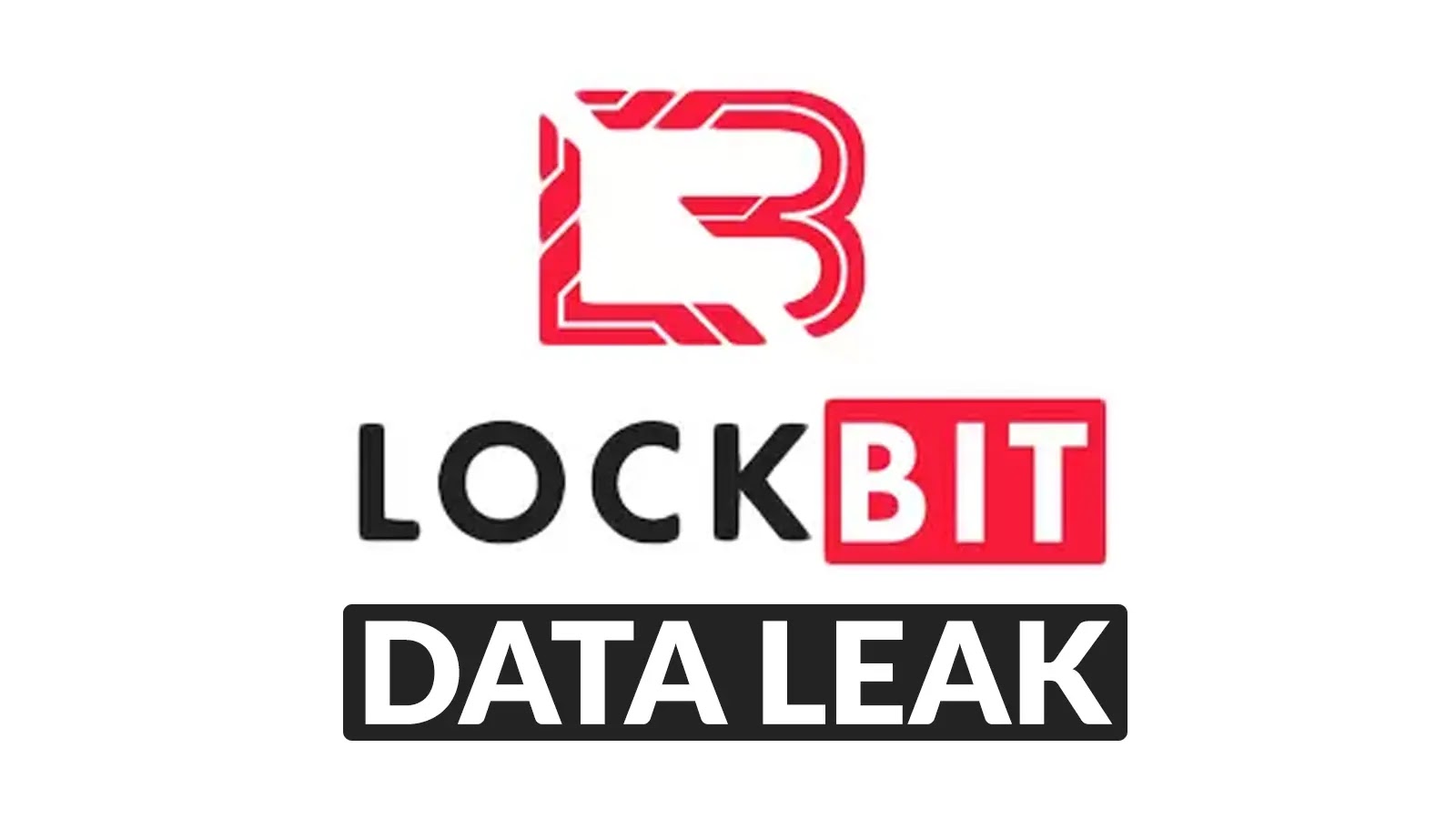Cybercriminals often exploit the path of least resistance, targeting users through deceptive tactics, outdated software components, and trusted systems like OAuth and package registries. This week’s ThreatsDay Bulletin highlights several critical vulnerabilities and incidents that underscore the importance of vigilance in the cybersecurity landscape.
1. Lumma Stealer’s Decline Following Doxxing Campaign
The Lumma Stealer, also known as Water Kurita, has experienced a significant drop in activity after the personal information of five core group members was exposed in an underground campaign named Lumma Rats. This exposure included sensitive data such as personally identifiable information (PII), financial records, passwords, and social media profiles. The campaign, believed to be driven by internal rivalries, has led to compromised communication channels and a shift of customers to alternative stealers like Vidar and StealC. The depth and consistency of the exposure suggest insider knowledge or access to compromised accounts and databases. This development poses a threat to Lumma Stealer’s commercial viability and customer trust.
2. Exploitation of Trust Through Fake Advertisements
A large-scale scam operation has been identified in Singapore, where cybercriminals have misused the images and likenesses of government officials to lure citizens into engaging with fraudulent investment platforms. The scam utilizes paid Google Ads, intermediary redirect websites, and convincing fake web pages to direct victims to a forex investment platform registered in Mauritius. This platform operates under a seemingly legitimate legal entity with an official investment license, creating an illusion of compliance while facilitating cross-border fraudulent activities. The operation highlights the sophisticated methods employed by scammers to exploit public trust and the importance of verifying the authenticity of online investment opportunities.
3. Chromium Vulnerabilities and AI Hijacking
Recent discoveries have unveiled critical vulnerabilities within the Chromium browser framework, which could be exploited by attackers to execute arbitrary code or bypass security restrictions. These vulnerabilities underscore the necessity for users and organizations to keep their software up to date and to apply security patches promptly. Additionally, there has been a rise in incidents involving the hijacking of artificial intelligence systems. Cybercriminals are leveraging AI to automate attacks, evade detection, and enhance the effectiveness of their malicious activities. This trend emphasizes the need for robust security measures in the development and deployment of AI technologies.
4. Record Fine in the Cryptocurrency Sector
In a landmark decision, a cryptocurrency exchange has been fined $176 million for failing to implement adequate anti-money laundering measures. This penalty serves as a stark reminder of the regulatory scrutiny facing the cryptocurrency industry and the importance of compliance with financial regulations. Exchanges and other entities operating within this space must prioritize the establishment of comprehensive compliance programs to mitigate the risk of financial crimes and to maintain the integrity of the financial system.
5. Cyberattack on Formula 1 Team
A prominent Formula 1 team has fallen victim to a sophisticated cyberattack, resulting in the unauthorized access to sensitive data, including proprietary vehicle designs and strategic plans. The breach highlights the growing threat of cyberattacks in the sports industry and the potential for significant financial and reputational damage. Organizations must implement robust cybersecurity measures, conduct regular security assessments, and foster a culture of security awareness to protect against such threats.
6. Emergence of Vidar Stealer 2.0
The cybercriminal landscape has witnessed the emergence of Vidar Stealer 2.0, a completely rewritten version of the notorious information-stealing malware. Developed in C, this new iteration features a multi-threaded architecture for faster data exfiltration and improved evasion capabilities. It employs advanced credential extraction methods to bypass security protections and utilizes an automatic polymorphic builder to generate samples with distinct binary signatures, complicating detection efforts. The evolution of Vidar Stealer underscores the continuous adaptation of cyber threats and the need for advanced security solutions.
7. INTERPOL’s Global Operation Against Cyber-Enabled Financial Crimes
INTERPOL has coordinated a global operation spanning 40 countries and territories, leading to the recovery of $439 million in government-backed currencies and virtual assets. The operation targeted various cyber-enabled financial crimes, including voice phishing, romance scams, online sextortion, investment fraud, and business email compromise. Authorities blocked over 68,000 associated bank accounts, froze nearly 400 cryptocurrency wallets, and recovered approximately $16 million from these wallets. This operation highlights the international collaboration required to combat cybercrime and the importance of proactive measures to protect individuals and organizations from financial fraud.
8. Regulatory Actions Against Data Privacy Violations
Regulatory bodies have imposed significant fines on organizations for data privacy violations. For instance, the Irish Data Protection Commission fined LinkedIn €310 million for conducting behavioral analyses of personal data for targeted advertising without explicit user consent. Similarly, the Dutch Data Protection Authority fined Clearview AI €30.5 million for building an illegal facial recognition database without individuals’ consent. These actions underscore the importance of compliance with data protection regulations and the need for organizations to implement transparent data processing practices.
9. Legal Actions Against Dark Web Administrators
Law enforcement agencies have intensified efforts against dark web marketplaces. An administrator of Silk Road 2.0, known as DoctorClu, pleaded guilty to charges related to the distribution of illegal substances and faces up to eight years in prison. This case highlights the ongoing battle against illegal online marketplaces and the legal consequences faced by those involved in their operation.
10. Russia’s Measures Against VPN Services
Russia has introduced fines for search engines that provide links to banned VPN services and anonymization tools. This move is part of the country’s broader efforts to control internet access and enforce data localization laws. Individuals and organizations operating in regions with strict internet regulations must be aware of such measures and consider their implications on privacy and access to information.
Conclusion
The cybersecurity landscape is continually evolving, with cybercriminals employing increasingly sophisticated methods to exploit vulnerabilities. Organizations and individuals must remain vigilant, implement robust security measures, and stay informed about emerging threats to protect against potential attacks. Compliance with regulatory requirements and proactive engagement with cybersecurity best practices are essential in mitigating risks and ensuring the security of digital assets.



